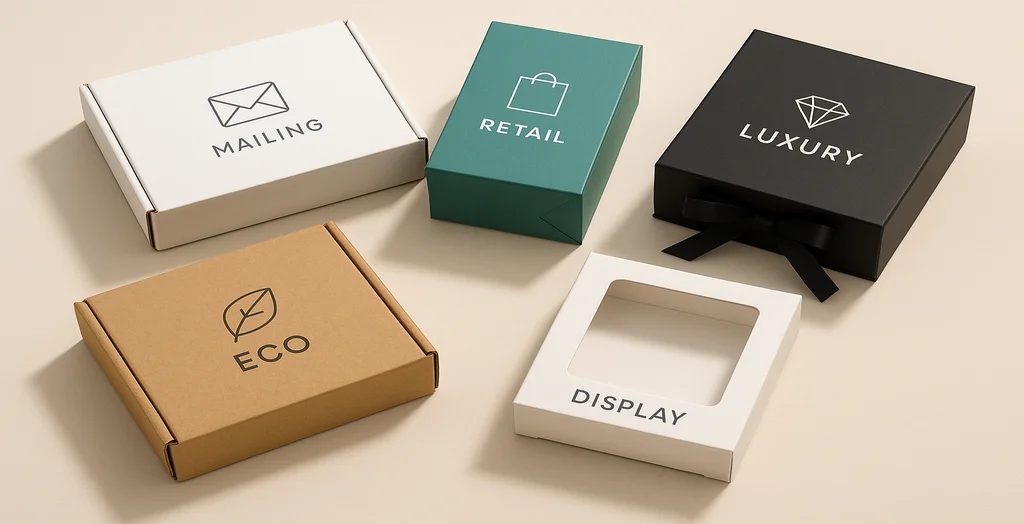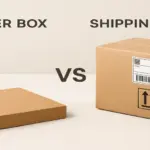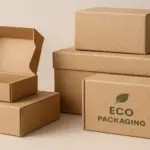✨ TL;DR – Quick Overview of Packaging Levels
- Primary Packaging: Directly touches the product (e.g. bottle, wrapper)
- Secondary Packaging: Groups and brands the product (e.g. box, sleeve)
- Tertiary Packaging: Used for bulk transport and shipping (e.g. cartons, pallets)
- Choosing the right type impacts product protection, branding, and shipping efficiency
- For tailored solutions, check out our Custom Packaging Boxes
Introduction: The Three Layers Every Product Needs
When you buy a chocolate bar, you’re not just tearing open a foil wrapper — you’re interacting with smart layers of packaging design. Each layer, from the shiny wrapper to the branded box and the shipping carton it arrived in, plays a role in product protection, branding, and logistics. In this article, we break down the types of packaging into three essential levels — primary, secondary, and tertiary. Whether you’re launching a new product or streamlining your supply chain, understanding these layers helps you reduce waste, optimise costs, and boost customer experience.What Are the Types (or Levels) of Packaging?
Packaging exists in a hierarchy — each level supporting a different purpose. Why It Matters:- Protection: Prevents damage or contamination.
- Marketing: Creates shelf appeal and brand storytelling.
- Distribution: Ensures efficient stacking, transport, and warehousing.
Packaging Hierarchy at a Glance:
Level |
Purpose |
Examples |
Primary |
Direct product contact |
Bottle, jar, pouch, wrapper |
Secondary |
Branding & grouping |
Box, sleeve, carton |
Tertiary |
Transport & handling |
Pallet, corrugated carton, wrap |
Primary Packaging – The First Touchpoint
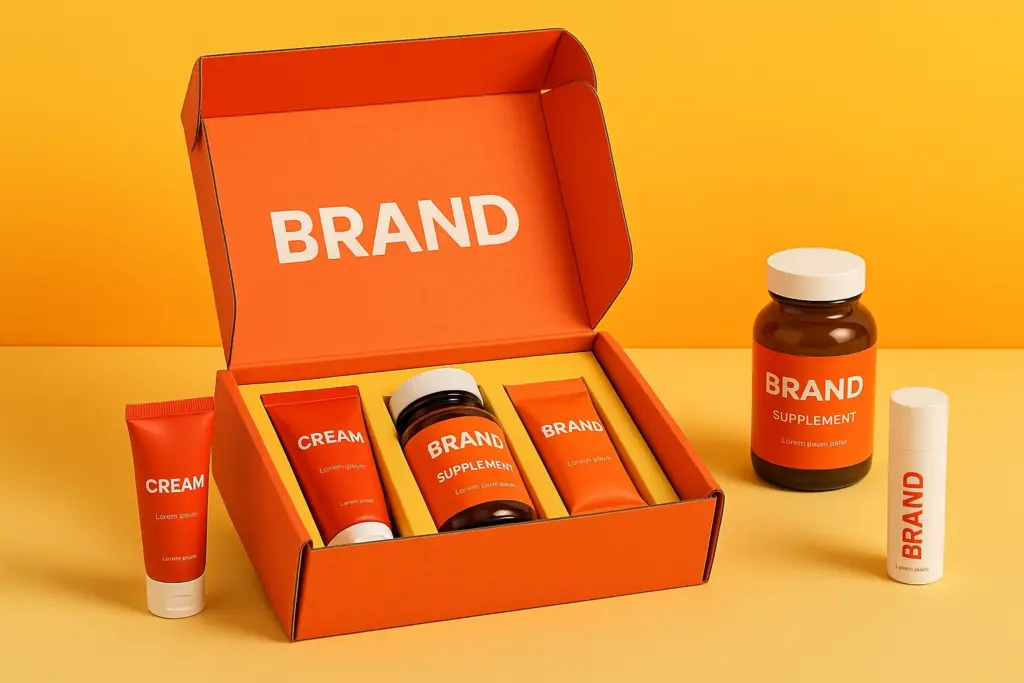
This is the packaging that comes in direct contact with your product. It protects, preserves, and informs — and it’s the first thing your customer sees.
Key Functions:
- Maintains product integrity (e.g. freshness, hygiene)
- Displays important information (ingredients, expiry)
- Enhances unboxing and brand experience
Examples of Primary Packaging:
- Skincare: Tubes, pump bottles
- Food: Foil wraps, pouches
- Candles/Perfume: Glass jars, dropper bottles
Check our Cosmetic Boxes and Food Packaging
Secondary Packaging – The Branding Layer
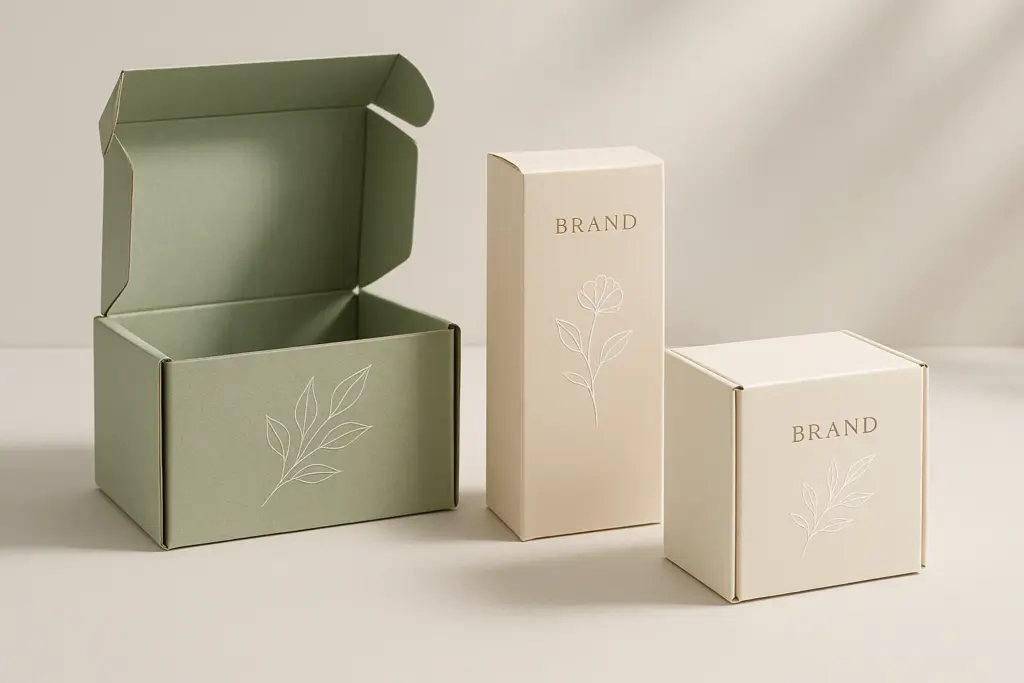
This is the outer layer that groups and brands your primary units — perfect for display and logistics.
Why It’s Crucial:
- Adds structure and stackability
- Builds shelf appeal with design
- Supports retail and subscription box formats
Examples:
- Perfume bottle box
- Chocolate bar multipacks
- Subscription boxes with inserts
Secondary packaging bridges marketing and protection.
Related: Custom Printed Boxes | Retail Packaging
Tertiary Packaging – The Shipping Shield
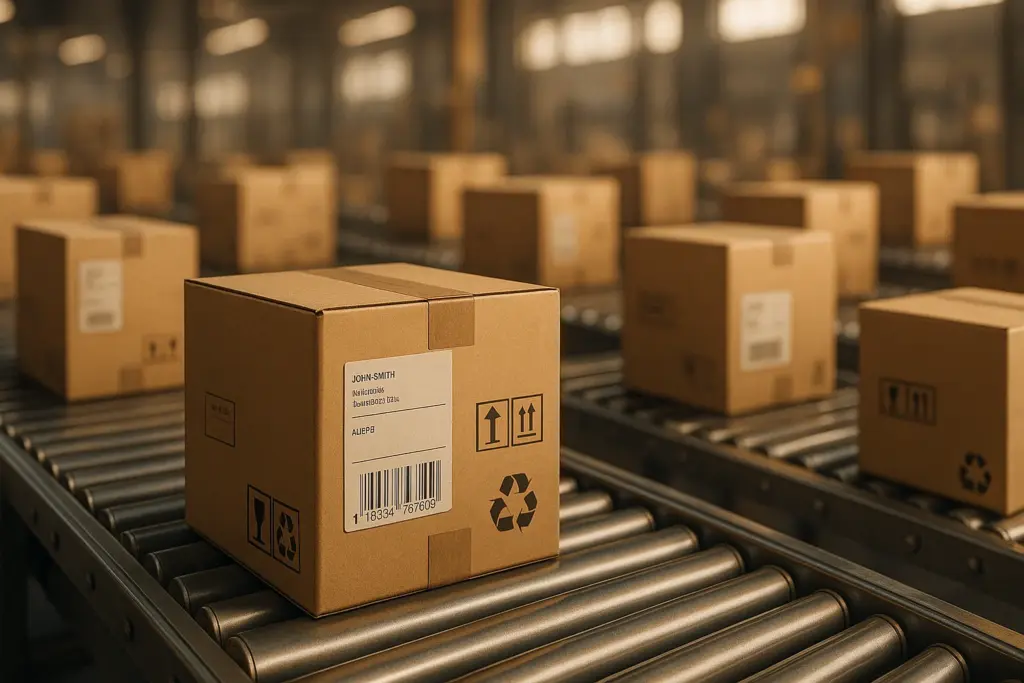
The outermost layer, made to protect products during bulk transport and storage.
Key Features:
- Supports long-distance shipping
- Ideal for warehouse handling
- Often includes barcodes, labels, fragile warnings
Common Materials:
- Corrugated shipping cartons
- Shrink/stretch wraps
- Palletised boxes
Explore Corrugated Shipping Boxes
How the Three Levels Work Together?
Think of packaging as a system:
Primary → Secondary → Tertiary
Each level builds on the next to balance protection, presentation, and efficiency.
Example:
A luxury candle → Glass jar (Primary) → Printed box (Secondary) → Shipping carton (Tertiary)
Comparison Table: Packaging Level vs. Function
Packaging Level | Touches Product | Main Purpose | Industries | Branding Value |
Primary | ✅ Yes | Protect & Preserve | Food, Pharma, Cosmetics | ⭐⭐ |
Secondary | ❌ No | Brand & Group | Retail, FMCG, Gifts | ⭐⭐⭐⭐ |
Tertiary | ❌ No | Ship & Handle | Logistics, eCommerce | ⭐ |
Sustainable Options at Every Level
Primary:
- Compostable films, refill packs
Secondary:
- Kraft board sleeves, recycled paper
Tertiary:
- FSC-certified cartons, minimal stretch film
Need eco upgrades? Browse our Eco-Friendly Packaging
Why Knowing These Packaging Levels Matters?
Understanding the types of packaging makes your brand smarter.
- For start-ups: Avoid over-packaging or damage claims
- For designers: Choose formats that enhance brand consistency
- For marketing teams: Leverage secondary packaging to drive engagement
The right packaging combo saves money, tells your story, and delivers your product safely.
FAQs About Packaging Levels
What is an example of primary packaging?
A shampoo bottle or chocolate bar wrapper.
What is the difference between primary and secondary packaging?
Primary touches the product; secondary holds and presents it.
Is a shipping box considered tertiary packaging?
Yes, it’s used to transport and protect secondary-packaged goods.
How do I choose the right packaging level?
Start with your product’s needs: protection, branding, or bulk shipping?
Can eco-friendly packaging be used at all levels?
Absolutely. From biodegradable films to recyclable cartons, sustainability is possible throughout.
Conclusion: Smart Packaging Starts with Smart Layers
From shelf appeal to shipping protection, the three packaging types — primary, secondary, and tertiary — work together to ensure your product arrives safely and looks great doing it.
At Healey Packaging, we offer tailor-made packaging at every level, whether you’re launching a product or upgrading your logistics.
👉 Explore our full packaging range or Request a Quote today.

